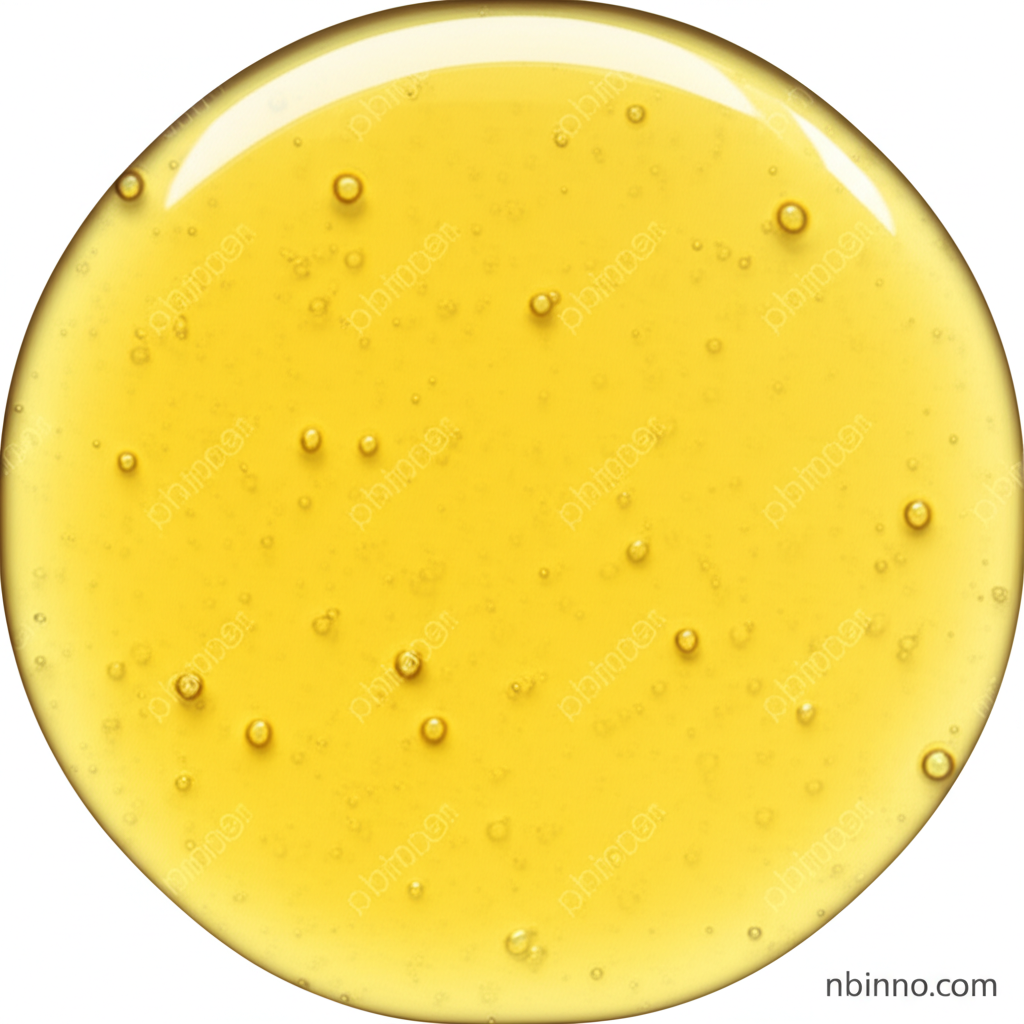Advances in Pharmacological Effects and Mechanism of Action of Cinnamaldehyde
Discover the diverse therapeutic benefits and scientific mechanisms behind this potent natural compound.
Get a Quote & SampleProduct Core Value

Cinnamaldehyde
Cinnamaldehyde is a naturally occurring compound celebrated for its distinct cinnamon aroma and its wide array of pharmacological effects. Primarily extracted from cinnamon bark, it serves as a potent preservative and flavor enhancer, while also exhibiting significant antimicrobial, anti-inflammatory, and antioxidant properties. Its versatile applications span across the food, fragrance, and pharmaceutical industries, making it a compound of significant scientific and commercial interest.
- Explore the antimicrobial properties of cinnamaldehyde, which demonstrate effectiveness against various bacteria like Salmonella and E. coli by disrupting cell membrane integrity and hindering growth.
- Understand the anti-inflammatory effects of cinnamaldehyde, particularly its ability to suppress inflammatory responses in conditions such as gastritis and ulcerative colitis by inhibiting the NF-κB pathway.
- Learn about the cinnamaldehyde anti-cancer benefits, as research indicates its potential in inhibiting the proliferation and inducing apoptosis in various cancer cell lines, including breast and ovarian cancer.
- Discover the role of cinnamaldehyde for diabetes management, highlighting its impact on improving glucose uptake and insulin sensitivity, thus contributing to better glycemic control.
Key Advantages
Natural Origin and Versatility
Derived naturally from cinnamon, cinnamaldehyde offers a versatile profile, functioning as a food preservative and flavor enhancer, a valuable ingredient in fragrances, and an active component in pharmaceutical applications.
Broad-Spectrum Therapeutic Potential
Leveraging its cinnamaldehyde pharmacological effects, this compound shows promise in combating inflammation, microbial infections, and certain types of cancer, supported by extensive research into its mechanisms of action.
Mechanism of Action Insights
The compound's efficacy is linked to its modulation of critical cellular signaling pathways, such as PI3K/AKT and NF-κB, underscoring the complex mechanism of action of cinnamaldehyde and its broad therapeutic impact.
Key Applications
Food Industry
Used as a flavoring agent to impart a warm, spicy cinnamon taste to baked goods, candies, and beverages, and as a natural preservative due to its antimicrobial properties.
Fragrance Industry
Provides a rich, spicy aroma for perfumes, colognes, candles, and soaps, adding a distinctive scent profile.
Pharmaceuticals & Health
Incorporated for its antimicrobial, antifungal, and anti-inflammatory properties, and used in aromatherapy for its calming and warming effects.
Agriculture & Pest Control
Acts as a natural pesticide and fungicide to repel or eliminate insects and combat fungal growth on crops and plants.
